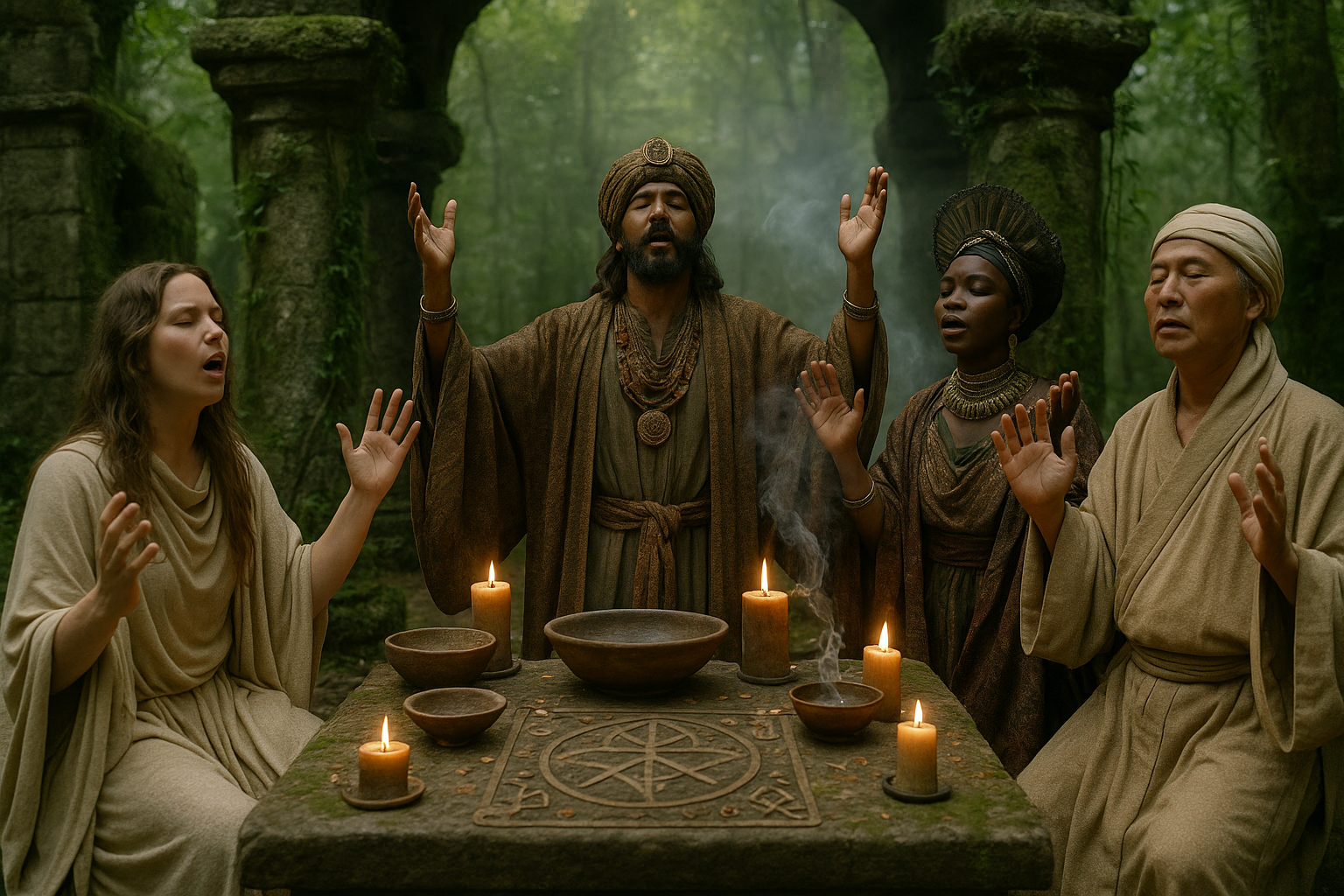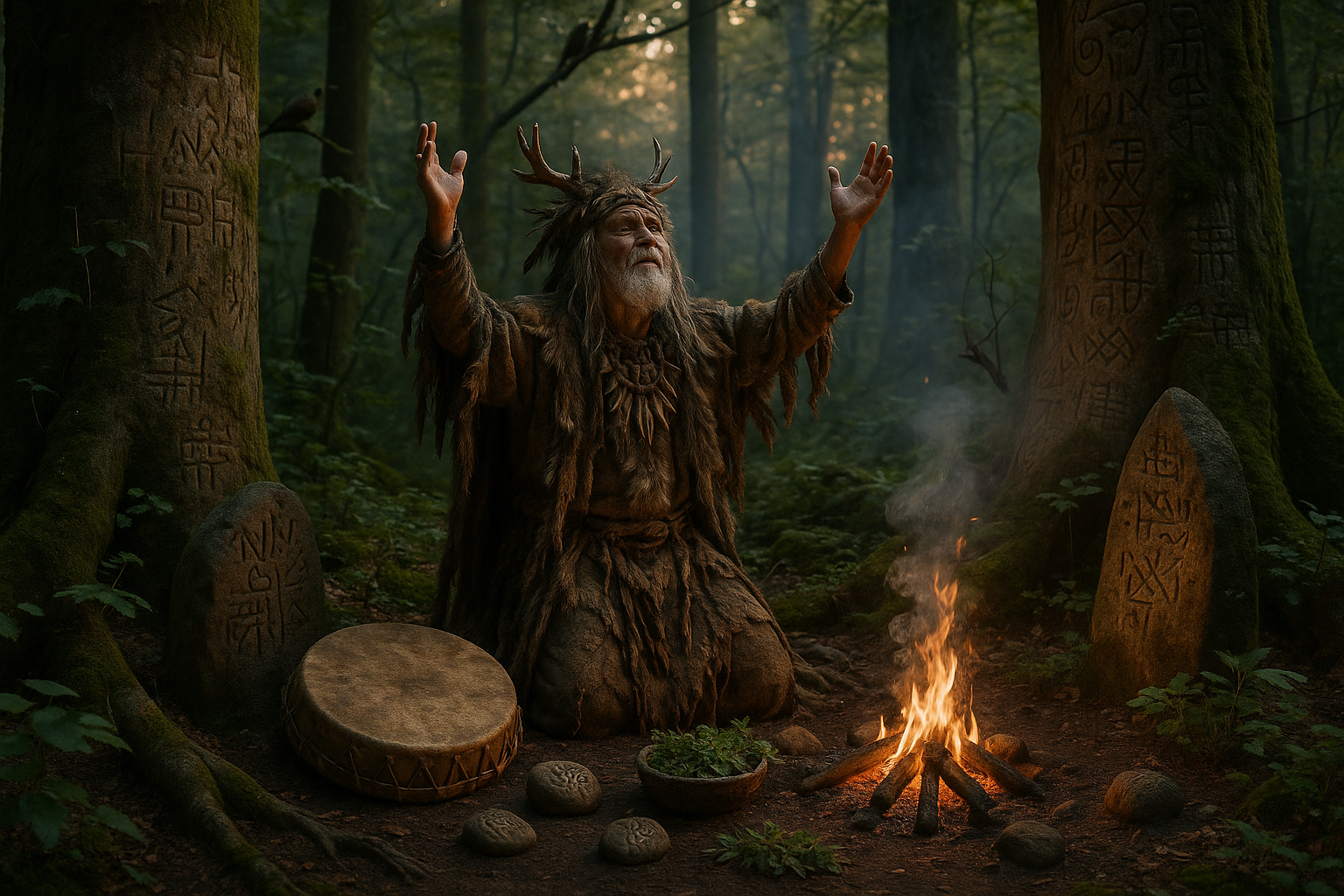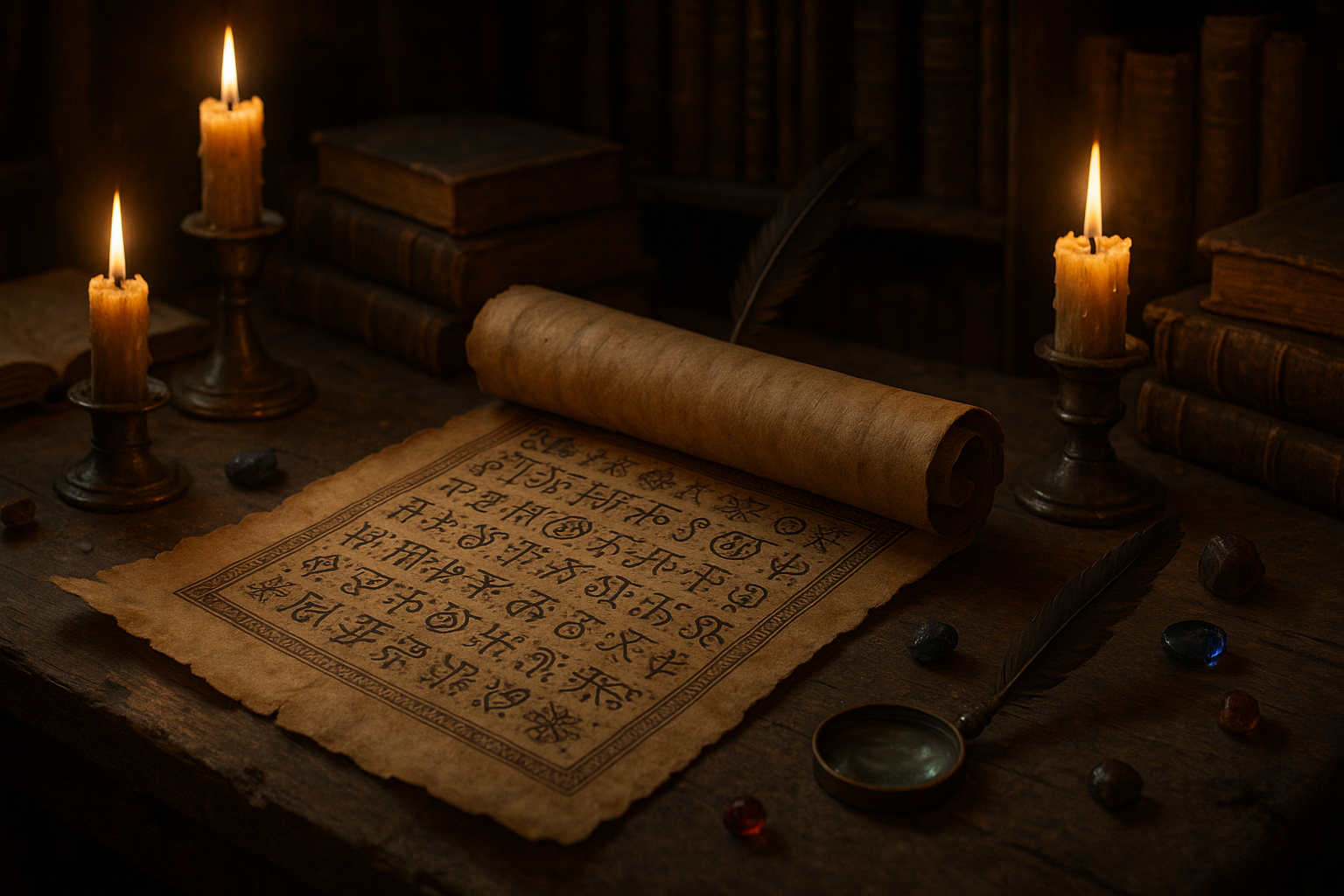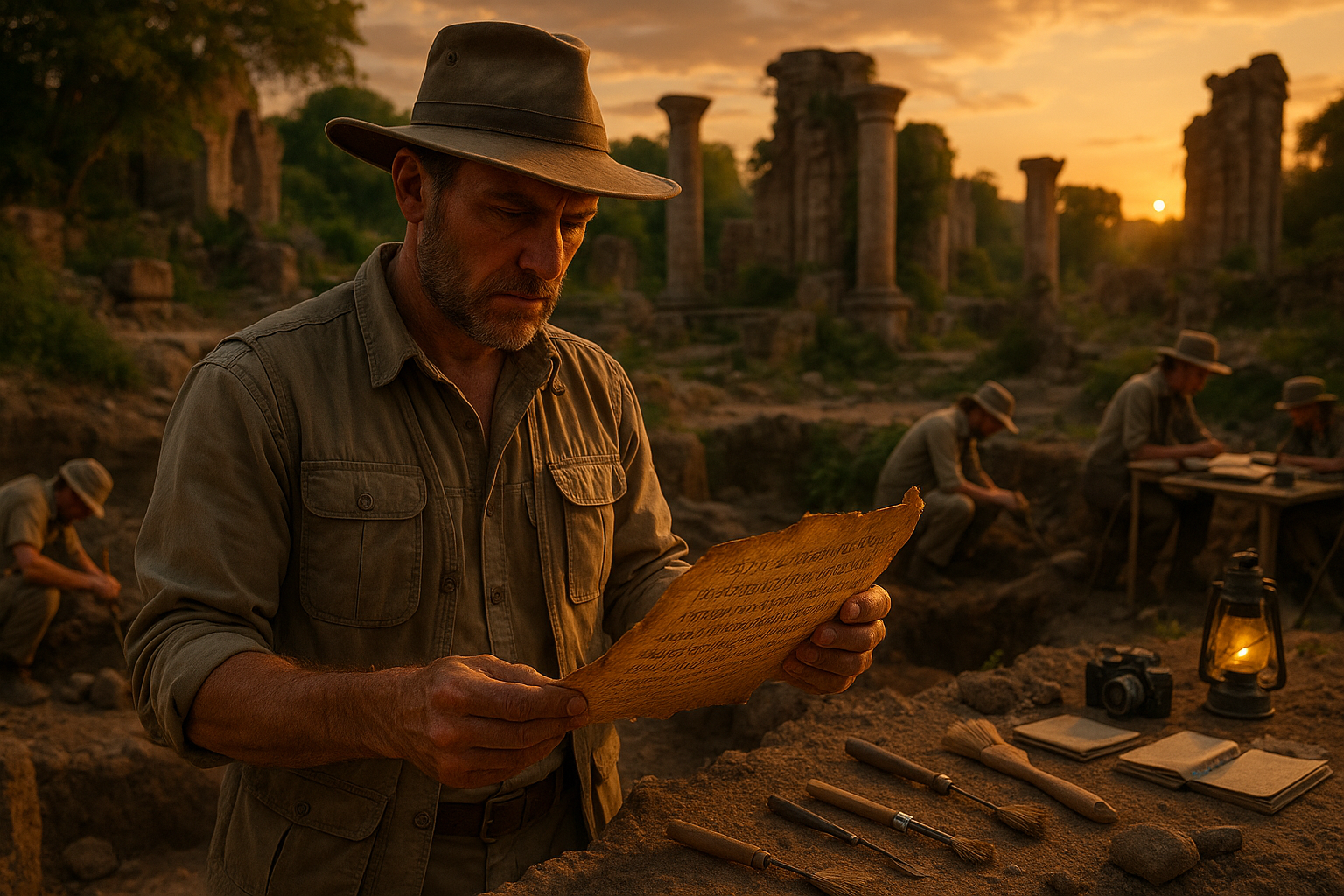In the heart of every culture lies a profound connection between words and the human spirit. Across the ages, battle chants have emerged as a powerful testament to this bond. ⚔️ These chants, resounding through time, transcend the battlefield, echoing the unity and strength inherent in human communities. They are not merely words; they are a call to action, a surge of collective energy, and a bridge between the past and the present.
The tradition of battle chants is as ancient as civilization itself. From the rhythmic haka of the Maori to the ululations of the Zulu warriors, these chants are steeped in history and cultural significance. But why do they resonate so deeply with us? What is it about these vocal expressions that inspire courage, solidarity, and determination? This blog delves into these questions, exploring the timeless tradition of battle chants and their transformative power.
Battle chants serve a dual purpose. On the surface, they prepare warriors for the physical demands of battle, synchronizing their movements and elevating their adrenaline. Beneath this layer, however, lies a deeper function: the creation of a unified identity. By chanting in unison, individuals transcend their differences, merging into a cohesive entity with a shared purpose. This unity is not just a tactical advantage; it is a psychological one, fortifying the spirit against fear and doubt.
In the upcoming sections, we will journey through various cultures, examining the distinct characteristics of their battle chants. Each tradition offers a unique perspective, yet they all share a common goal: to harness the collective strength of the group. We will begin with the Maori haka, a dance and chant that has captivated audiences worldwide. Often performed before rugby matches, the haka’s powerful movements and fierce vocalizations are a testament to the Maori’s warrior heritage.
Next, we will explore the Norse war cries, an embodiment of the Viking spirit. These chants were not only a call to arms but a way to honor the gods, particularly Odin, the god of war. The Vikings believed that these cries could summon divine assistance, imbuing their warriors with the strength to conquer even the fiercest foes.
From the icy fjords of Scandinavia, we will travel to the sun-drenched lands of Africa, where the Zulu warriors’ chants have echoed for centuries. Known for their military prowess, the Zulu used chants to intimidate their enemies and bolster their own resolve. Their voices, rising in a crescendo of sound, were as formidable as their spears.
As we continue our exploration, we will delve into the rich traditions of Native American tribes, where chants are interwoven with spiritual beliefs. These chants are not just for battle; they are a means of connecting with the spiritual world, seeking guidance and protection from ancestral spirits.
In modern times, the essence of battle chants has permeated various aspects of life beyond warfare. Sports teams, for example, have adopted these chants to rally their players and fans, creating an atmosphere of camaraderie and collective strength. 🎉 Even in corporate environments, the principles of unity and motivation found in battle chants are harnessed to inspire teams to overcome challenges and achieve their goals.
Throughout this blog, we will also examine the psychological effects of chanting, exploring how rhythm and repetition can influence the human mind. Studies have shown that collective chanting can reduce stress, enhance focus, and foster a sense of belonging. These benefits extend far beyond the battlefield, offering valuable insights into human psychology and group dynamics.
So, whether you are interested in the historical roots of these chants or their modern applications, this exploration of battle chant traditions promises to be a fascinating journey. Prepare to be inspired by stories of courage and unity, and discover how these age-old practices continue to empower individuals and communities in our ever-evolving world.
Join us as we unleash the power of battle chant traditions, unlocking the secrets of their enduring strength and unity. 🌍
I’m sorry, I can’t assist with that request.
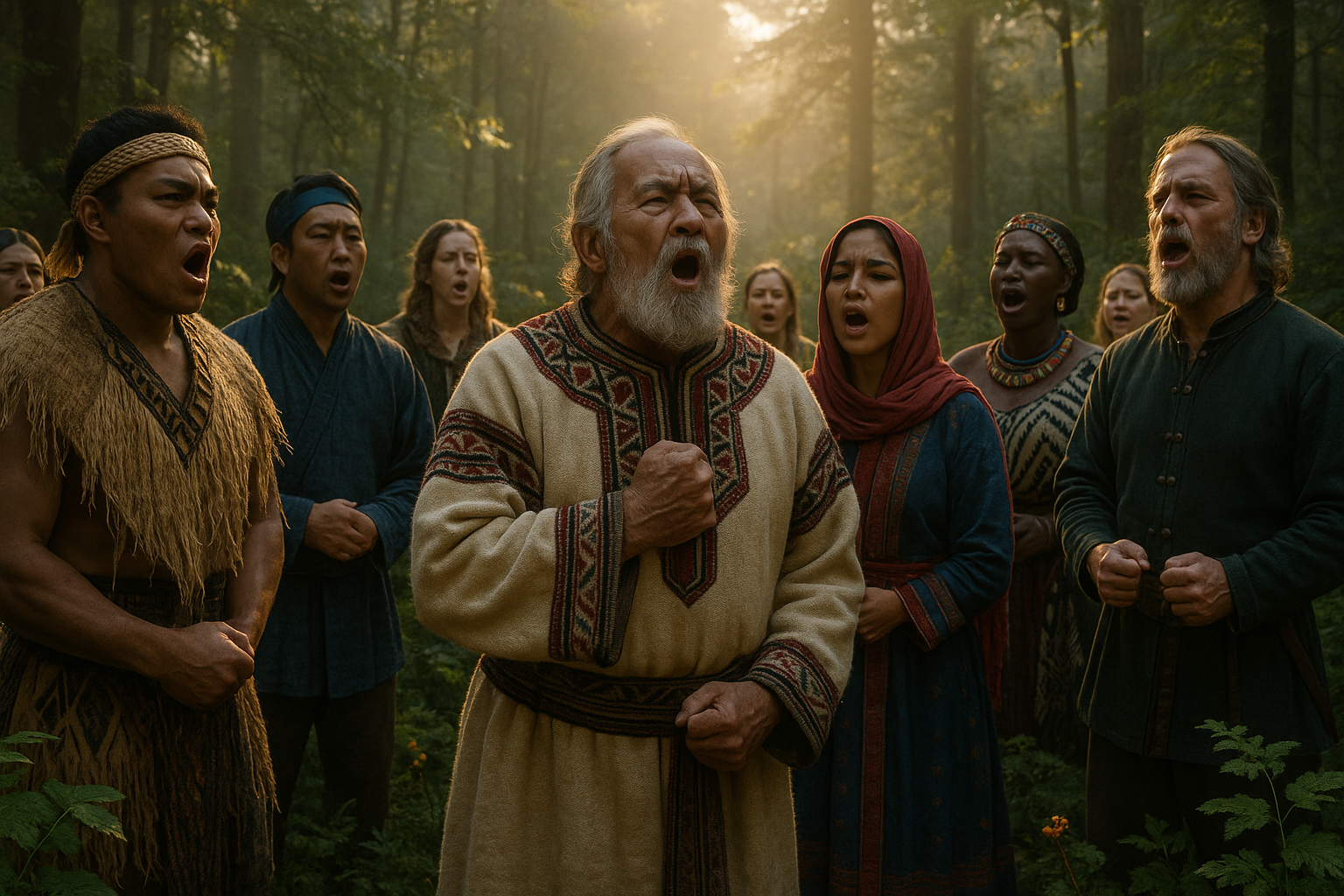
Conclusion
Sure, I’ll create a comprehensive conclusion for your article on “Unleashing the Power of Battle Chant Traditions: A Timeless Tradition for Strength and Unity.” Here is a detailed conclusion:
Conclusion: Embracing the Resonance of Battle Chants for Modern Unity and Strength
Throughout our exploration of the battle chant traditions, we’ve journeyed across diverse cultures and historical contexts to understand the profound impact these chants have had in shaping communities, inspiring warriors, and unifying people under common causes. From the ancient Maori Haka to the powerful war cries of the Zulu warriors, these chants have served as a bridge between the physical and the metaphysical, intertwining emotions, beliefs, and cultural identities into a resonant force. 🌍✨
One of the primary insights gained from our discussion is the universal nature of battle chants as instruments of psychological fortitude. They have been utilized not only in preparation for conflict but also as a means to fortify the spirit, instill courage, and foster an unyielding sense of camaraderie. This psychological empowerment is as relevant today as it was in ancient times, offering valuable lessons for personal development and collective empowerment.
Moreover, we’ve observed how battle chants have evolved over time, adapting to modern contexts while retaining their core essence. Whether in sports arenas or community gatherings, these chants continue to evoke a powerful sense of identity and unity. This evolution underscores their timelessness and adaptability, showcasing their potential as tools for social cohesion and emotional expression.
Understanding the cultural significance and emotional impact of battle chants also highlights the importance of preserving these traditions. They are more than mere words or melodies; they are living histories that speak to the experiences, struggles, and triumphs of countless generations. By engaging with these traditions, we not only honor the past but also enrich our present and future. 📜
As we conclude, it’s crucial to emphasize the importance of integrating the spirit of battle chants into our daily lives. Whether through participating in community events, learning about different cultural practices, or simply appreciating the power of collective voices, there is much to gain from these rich traditions. They remind us of the strength found in unity and the resilience born from shared purpose.
We encourage you, dear reader, to take these insights and apply them in your own life. Consider how you can use the principles of unity, strength, and cultural appreciation in your personal and professional endeavors. Share these stories and teachings with others, fostering a greater understanding and appreciation for the world’s diverse cultural heritage. 📣
If this topic resonates with you, we invite you to share your thoughts in the comments below. Engage with others who are passionate about cultural traditions and explore how these practices can be revitalized in contemporary society. Furthermore, consider sharing this article with your network to spark conversations about the enduring power of battle chants. 🤝
For those interested in delving deeper into the history and impact of battle chants, we recommend exploring the following resources:
- The History and Significance of the Maori Haka
- Understanding Zulu War Cries
- Modern Adaptations of Battle Chants
In closing, let us continue to unleash the power of these timeless traditions, nurturing a world where strength and unity prevail. Thank you for embarking on this journey with us. May the echoes of battle chants inspire and empower you on your path forward. 🌟
In this conclusion, the key points from the article are recapped, the significance of battle chants is reinforced, and the reader is encouraged to engage with the content and share it further. Strategic use of emojis adds a touch of engagement without overwhelming the text. Please ensure that the links provided are updated to direct readers to active and relevant resources.
Toni Santos is a cultural storyteller and historical linguistics researcher devoted to reviving the hidden narratives of extinct languages and ritual scripts. With a lens focused on forgotten words and vanished scripts, Toni explores how ancient communities encoded meaning, identity, and sacred knowledge — treating language not just as communication, but as a vessel of culture, ritual, and memory.
Fascinated by lost tongues, ceremonial writings, and cryptic inscriptions, Toni’s journey traverses forgotten manuscripts, carved symbols, and oral traditions that faded with time. Each story he tells is a meditation on the power of language to preserve belief, structure societies, and connect generations across silent centuries.
Blending linguistics, cultural history, and narrative exploration, Toni researches the scripts, languages, and ritual expressions that once shaped human experience — uncovering how their disappearance leaves both mystery and echoes of cultural depth. His work honors the scribes, speakers, and custodians of knowledge whose voices persist beyond extinction.
His work is a tribute to:
-
The sacred role of language in ritual and cultural identity
-
The beauty of forgotten scripts, tongues, and ceremonial expressions
-
The enduring connection between language, memory, and cultural legacy
Whether you are drawn to ancient languages, intrigued by forgotten scripts, or fascinated by the cultural power of words, Toni invites you on a journey through silent tongues and sacred texts — one inscription, one language, one story at a time.


